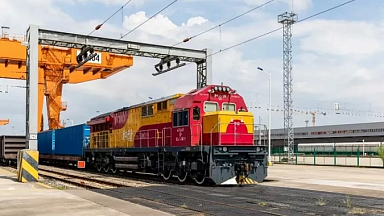Thanks!
We will contact you.




Main insights for the second half of October 2025
The June 2025 edition of DHL’s Ocean Freight Market Update